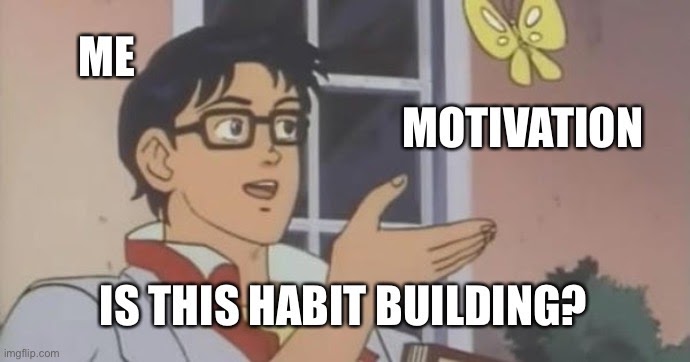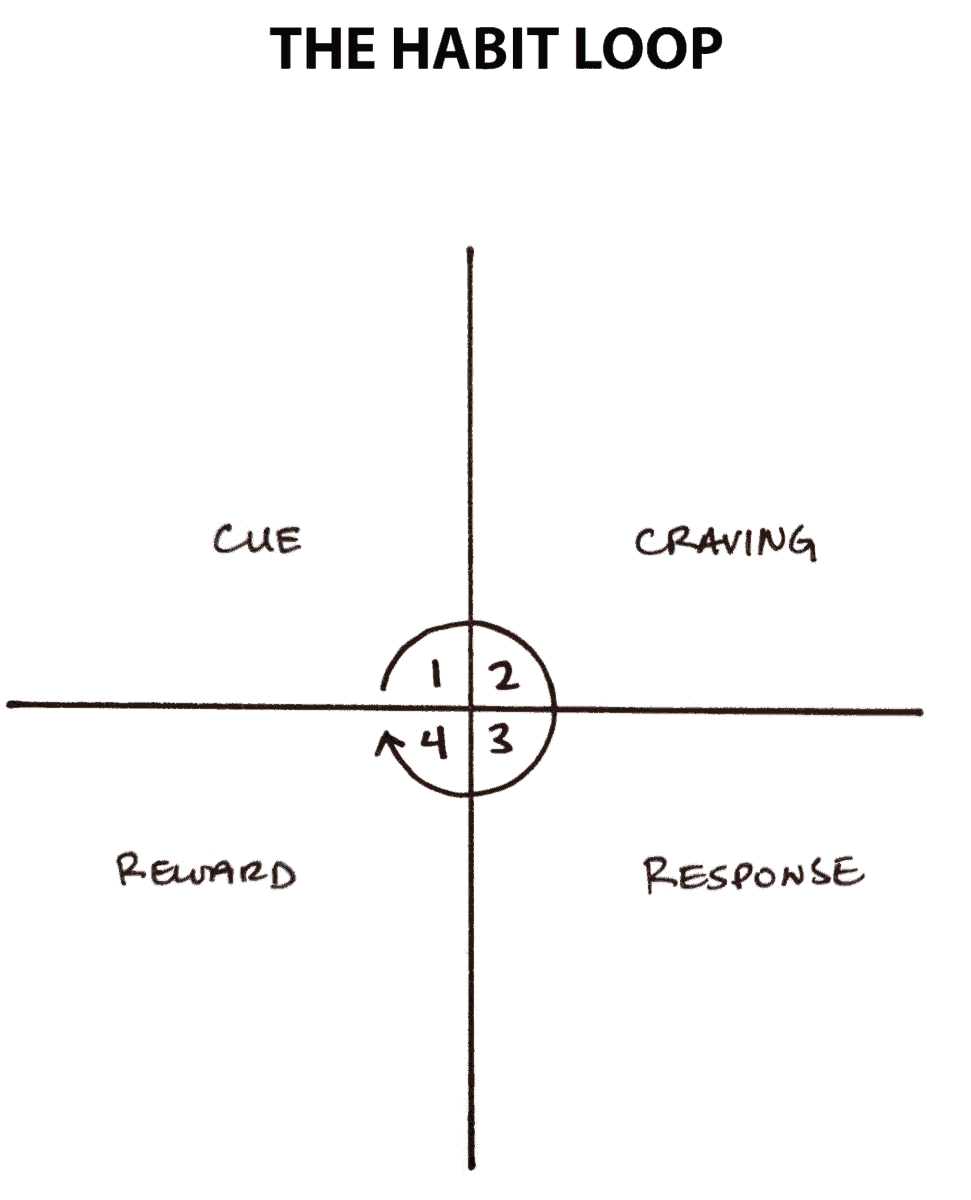Stop Waiting on Motivation: Learning to Lean on Discipline to Build Habits
“What lies in our power to do, lies in our power not to do”
-Aristotle
Over the past six weeks, or so, there has been a common theme among clients and members of our gym: a lack of motivation to train while Sheltering in Place. This is understandable. Within mere hours, our lives were turned upside down, especially those of us who rely on a physical location to do our jobs. Our gyms; the third place in our lives where we can socialize, challenge ourselves, and collectively become stronger are closed. Even clients with very respectable home gyms are feeling unmotivated. Going outside after draining Zoom calls to get supplies or exercise feels just a little dangerous, especially when trying to keep your distance from other folks walking down the block, all of us now in masks.
While we’re waiting this thing out, what are we to do? We can certainly keep waiting for this thing called “motivation” to visit us again and give us the push we need to get moving or eat something that didn’t come packaged in a box. However, waiting on the motivation fairy might take hours, days, weeks, or months. This thing might be over by the time you feel motivated to start rebuilding your old fitness and nutrition habits, so why not take action now? When motivation is down, lean on discipline to build or rebuild your lifestyle.
Motivation vs. Discipline
These two terms are widely used interchangeably, especially in the fitness arena. Here are the definitions we will be using:
Motivation: (n) the state or condition of being motivated or having a strong reason to act or accomplish something*
Discipline: (v) to train by instruction and exercise; drill*
*Both of these terms have many similarities, uses, and depending upon the context, can be either nouns or verbs. However, we’re going to stick with the above definitions for this article.
Motivation, in this context, is a noun. There is no action involved, so it’s out of our control how and when we feel motivated to do something. Discipline, in this context, is a verb. It’s all about that action. This action gives us control over whatever it is we are training ourselves to do.
For example, you likely aren’t motivated to go to work every single morning. The motivation for work, at its core, is earning money to support yourself. However, each time you show up and work your shift, you are training yourself to be disciplined about being a productive member of society. You just as easily can call in sick on the days you feel unmotivated to go in. However, at some point, you learn that every choice has a consequence, and the consequence of all those sick calls, will eventually lead to no income and need to find a new job.
Your fitness/sport/lifestyle journey, at the core, is very similar. Something motivates you to make a change in your life–looking better naked, wanting to learn a new skill, or eating fewer processed foods. In the early stages, you are motivated to take on the task. At some point, that motivation fades, and you have to rely on discipline to keep going. Discipline helps push through the times when motivation is low, so you can keep practicing.

Motivation Is Inspiring But Fleeting
Motivation is a wonderful thing. It inspires us to take on new challenges, to make needed changes in our lives, and it makes it a bit easier to keep practicing the new habits or skills we have chosen to pursue, especially in the early phases of practice.
However, expecting motivation to stick around is like expecting a Summer fling to turn into a successful long-term relationship. Yes, it’s possible, but it’s highly unlikely.
When motivation is high, run with it. Take advantage of the time you have together. It will inevitably, but temporarily, slip away, and in those times, leaning into building discipline around your habits will help ensure the long-term success of those habits.
Building discipline around a habit will look different for each habit you take on, so let’s look at how habits are built.
Navigating “The Habit Loop”
In his article, “How to Start New Habits That Actually Stick”, which is actually an excerpt from his fantastic book, Atomic Habits, James Clear describes habit formation via a four-step, looping process:

- Cue – Triggers the brain to initiate a behavior.
- Craving – The motivational force behind habits, our reason to act. We don’t crave the habit, we crave the result or change in state practicing the habit brings.
- Response – The execution of the habit, which can be physical or mental. The amount of physical or mental power needed to execute the habit will determine whether or not you can/will actually do it.
- Reward – The end goal of each habit. Rewards serve two purposes: (1) Satisfaction – Provide temporary relief from the craving. (2) Education – This action is worth remembering for the future
Whether we realize it, or not, our lives are built upon this framework. Relative happiness, success (financial or otherwise), and fitness levels are all built overtime via this looping process. This process is constantly running, so the question is: Are you going to be a passive participant and wait for motivation to guide you, or are you going to actively build the discipline to gain more control over your current situation?

Becoming Disciplined in Habit Formation
It’s widely accepted that, on average, it takes 21 days to form a new habit. The research is all over the place on that ubiquitous idea. This article by Maria Popova details the reality that it depends on the individual and the habit they are practicing. It can take anywhere from 21 to 80+ days, which is a lot of trips throughout the habit loop.
No matter what habit you choose to build or improve, remember that any meaningful change will take work…a lot of work. The time it takes doesn’t really matter. It’s about starting on Day 1, then Day 2, then Day 3, and so on. Take the focus off of time. It’s irrelevant when practicing habits. It’s all about putting in the work. Every. Damn. Day.
Remember, we are reward-seeking creatures. Sometimes the reward is huge–a PR lift, a job promotion, or a gold medal. Most of the time, the reward will be in simply completing the task, getting the work done for the day, only to do it again tomorrow. There’s beauty in that.

“At some point, the pain of not doing it becomes greater than the pain of doing it.”
Steven Pressfield, The War of Art





















TRS Virtual Mobility Coach
Guided mobilization videos customized for your body and lifestyle.
FREE 7-Day Trial